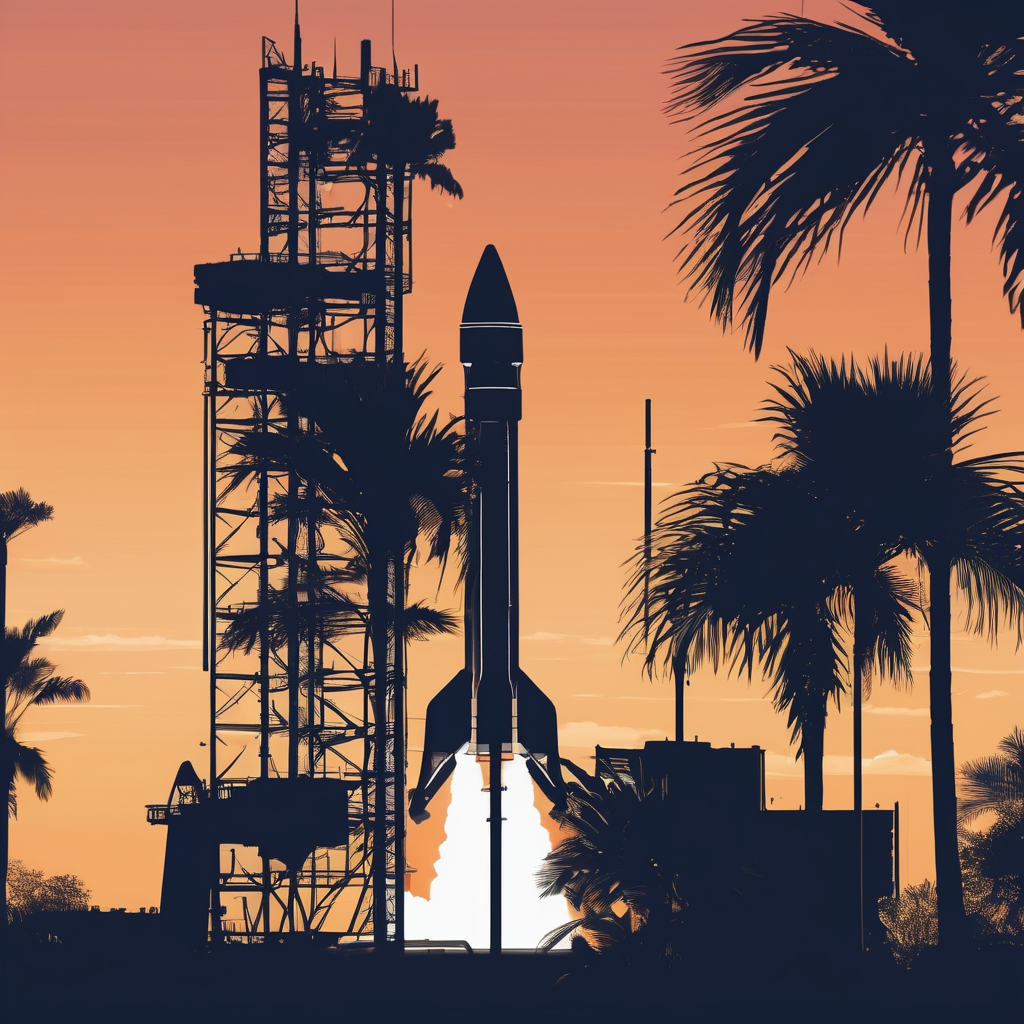This week is set to be a pivotal period for space exploration, featuring nine missions across seven different rockets, including the much-anticipated second launch of Blue Origin’s New Glenn rocket. The lineup includes three Falcon 9 missions from SpaceX, alongside launches from Ariane, Atlas V, Chang Zheng 7A, Kinetica-1, and Electron. These missions will originate from multiple global locations including China, French Guiana, and New Zealand, as well as several launch sites across the United States.
The action began on November 3, with the Chang Zheng 7A rocket launching at 03:47 UTC from the Wenchang Space Launch Site in China. This mission successfully deployed the Yaogan 46, a Chinese Earth observation satellite, into a geostationary transfer orbit. The CZ-7A, a three-stage rocket equipped with four strap-on liquid-fueled boosters, is expected to become a regular player in China’s growing space endeavor as it marked its fifth flight in 2025—a year that has already seen 255 launch attempts globally.
On the following day, November 4, the Ariane 62 rocket lifted off from French Guiana at 21:02:17 UTC, successfully delivering the Sentinel-1D satellite into a Sun-synchronous orbit. This satellite is part of a vital mission to monitor Earth’s surface and will join its twin, Sentinel-1C, extending operational capabilities in Earth observation far beyond its predecessor, Sentinel-1A, which has surpassed its original mission duration.
Rocket Lab’s Electron rocket took to the skies next, scheduled to fly on November 5, deploying the QPS-SAR-14 satellite into low-Earth orbit. This mission will support Japan’s iQPS in advancing their constellation of high-performance SAR satellites, designed to capture detailed images of Earth even under challenging weather conditions.
The Falcon 9 rocket will undertake two important launches during the week. The first, scheduled for November 5, will deploy 29 v2 Mini Starlink satellites. Afterwards, on November 6, another Falcon 9 mission will position 28 additional Starlink satellites in orbit. These launches not only exemplify SpaceX’s commitment to improving global internet access but showcase the increasing pace of satellite deployment.
United Launch Alliance (ULA) is poised to conduct an Atlas V launch on November 5, carrying the ViaSat-3 F2 communications satellite. With this payload, ULA is employing the most robust configuration of the Atlas V rocket, underscoring the concerted efforts to boost communication capabilities through advanced satellite technology.
Also taking place during this busy week is the Kinetica 1 launch on November 7, which is set to carry an unspecified payload, and the final Starlink mission of the week, scheduled for November 8, marking yet another step forward in SpaceX’s ongoing satellite network expansion.
Crucially, all eyes will be on Blue Origin’s New Glenn rocket, set for its second launch on November 9. Following a successful static fire test, this mission aims to deploy NASA’s ESCAPADE dual-spacecraft to study Mars’ atmosphere. This represents a significant advancement as the mission not only looks to enhance our understanding of Mars but also demonstrates new technologies in launch telemetry communications.
This week’s robust launch schedule highlights the rapid evolution of space exploration and the collaborative efforts of various aerospace entities to push the frontiers of knowledge and technology. As these missions commence, the world can expect remarkable developments in space science and technological advancement.
